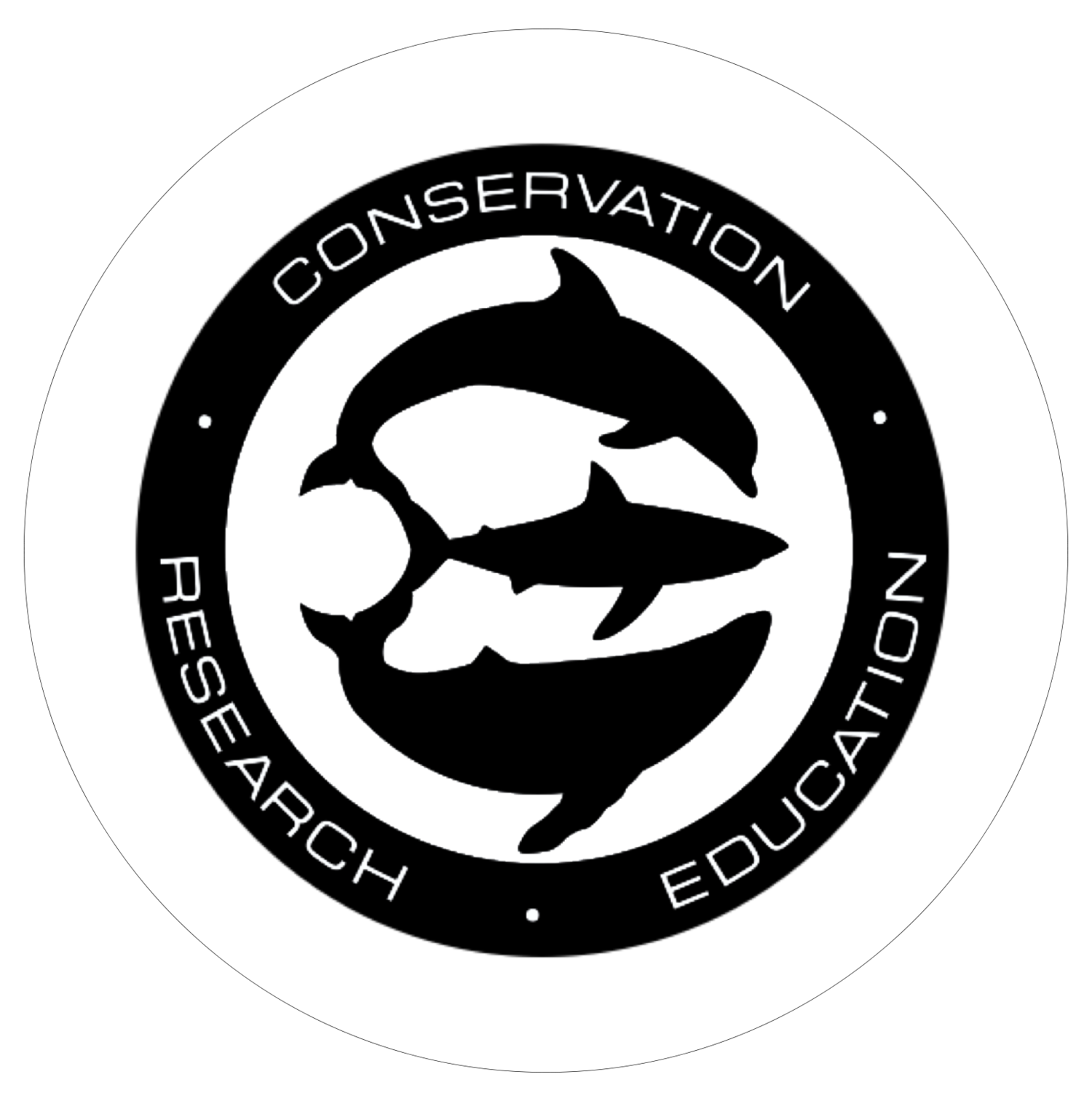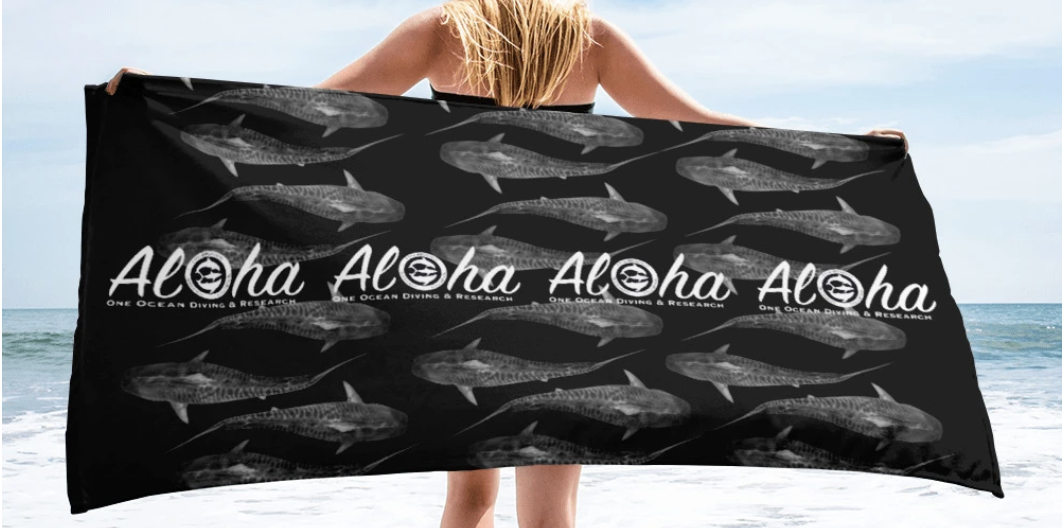At One Ocean, we swim alongside sharks and marine life every day. We see firsthand the beauty, intelligence, and fragility of ocean ecosystems—and we know just how deeply human choices on land impact the world beneath the waves. One of the most important and powerful ways you can support ocean conservation is through the food you choose to eat, especially when it comes to seafood.
Sustainable seafood isn’t just a trend—it’s a vital movement to protect our oceans, support ethical fishing practices, and preserve marine biodiversity for future generations.
Whether you're a lifelong seafood lover or just beginning your journey toward mindful consumption, this guide will help you make more informed, ocean-friendly choices that truly make a difference.
Why Sustainable Seafood Matters
More than 3 billion people rely on seafood as a primary source of protein, and yet over 90% of the world’s fish stocksare fully fished or overfished, according to the United Nations FAO. Destructive fishing practices such as bottom trawling, longlining, and illegal, unregulated, and unreported (IUU) fishing not only deplete fish populations but also cause massive collateral damage to sharks, dolphins, turtles, and coral reefs.
As shark researchers, we’ve personally witnessed species decline due to overfishing and bycatch. Every time we remove a ghost net or free a shark tangled in a longline, it’s a reminder: the choices made at the dinner table ripple through the entire marine food web.
7 Ways to Eat More Sustainably Sourced Seafood
1. Choose Traceable Seafood
When buying seafood, ask where and how it was caught or farmed. If a restaurant or store can’t answer that, it likely isn’t a sustainable option. Look for certifications and trusted labels like:
Marine Stewardship Council (MSC) – for well-managed, wild-caught seafood.
Aquaculture Stewardship Council (ASC) – for responsibly farmed seafood.
Ocean Wise Recommended – for ocean-friendly choices.
Seafood Watch Green (Best Choice) – curated by scientists and conservationists.
Traceability helps ensure that your seafood isn’t linked to illegal fishing, habitat destruction, or human rights violations—yes, that’s a thing in the global seafood industry too.
2. Use Smart Seafood Guides
Not sure which species are sustainable? Download the free Monterey Bay Aquarium’s Seafood Watch app or use their website. You can search by species, location, or ask your local fish market to align with their recommendations. It’s one of the easiest ways to make better decisions fast—especially while traveling or dining out.
3. Choose Low-Trophic Fish and Filter Feeders
Not all fish are equal in terms of environmental impact. Smaller fish like sardines, anchovies, and mackerel, as well as filter feeders like mussels, oysters, and clams, are usually much more sustainable than large predators like tuna, swordfish, or Chilean sea bass.
Low-trophic species:
Require fewer resources to grow
Are faster to reproduce
Are less likely to be overfished
Often clean the water around them (like oysters!)
These choices also reduce your exposure to mercury and other contaminants that accumulate in large predatory fish.
4. Avoid Overfished and High Bycatch Species
Some fish are best left in the ocean. Species that are critically overfished or have unsustainable catch methods include:
Bluefin tuna
Shark (any species!)
Chilean sea bass
Imported shrimp (especially farmed in mangrove-cleared areas)
Orange roughy
Atlantic cod
Lobster from non-certified fisheries
Many of these species are caught using longlines or gillnets, which result in high bycatch—meaning sea turtles, dolphins, rays, and sharks are killed unintentionally and often discarded.
5. Support Local and Indigenous Fishers
Buy seafood from local, small-scale, and Indigenous fishing communities who use sustainable methods and respect traditional knowledge. In Hawai‘i, that might mean choosing line-caught fish like:
Uku (gray snapper)
Opelu (mackerel scad)
Akule (bigeye scad)
Visit fish markets, ask questions, and build relationships with local vendors who care about the ocean as much as you do.
6. Eat Seafood Less Often—or Try Ocean-Friendly Alternatives
We understand that seafood is a major part of many cultures and diets. That said, reducing your seafood consumption even a little can make a big impact.
Try plant-based alternatives, sustainable seaweed (which is nutritious and ocean-positive), or responsibly raised seafood from regenerative aquaculture farms.
Even doing “Meatless Mondays” or “Fish-Free Fridays” can contribute to long-term change.
7. Be a Voice for the Ocean
Talk about what you learn. Share tips with friends and family. Ask your favorite restaurant to offer more sustainable options. Choose seafood that aligns with your values and support businesses that do the same.
Education is one of the most powerful conservation tools—and it starts with conversations at the dinner table.
Small Changes. Big Impact.
We’re not asking everyone to become a marine biologist. But we are asking you to care enough to question where your seafood comes from, to vote with your wallet, and to help protect the very ecosystems that give us life.
Every bite is a chance to support a healthier ocean.
Let your plate reflect the kind of future you want to swim in.




